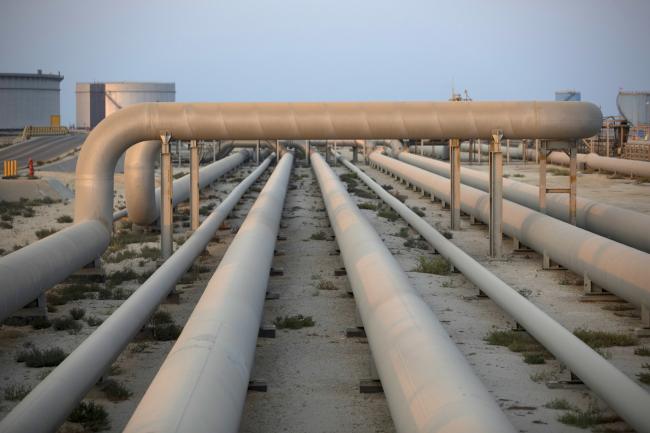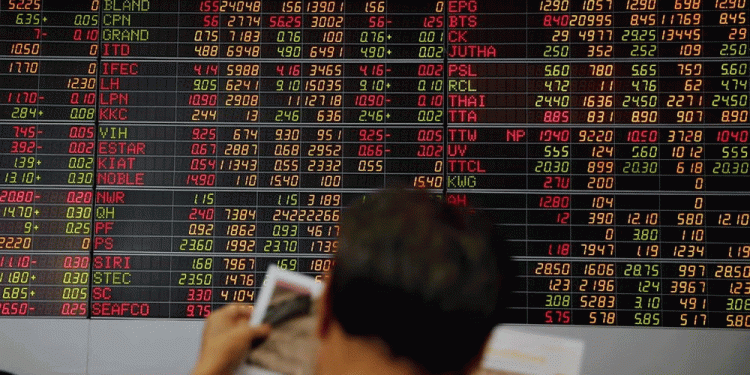 &© Bloomberg. Oil pipes run through the Juaymah tank farm at Saudi Aramco’s Ras Tanura oil refinery and oil terminal in Ras Tanura, Saudi Arabia. Photographer: Simon Dawson/Bloomberg
&© Bloomberg. Oil pipes run through the Juaymah tank farm at Saudi Aramco’s Ras Tanura oil refinery and oil terminal in Ras Tanura, Saudi Arabia. Photographer: Simon Dawson/Bloomberg2/2
(Bloomberg) — Oil headed for its biggest weekly gain in a month as OPEC and its allies pressed on with supply cuts, while trade talks between the U.S. and China offered some reassurance over energy demand.
Futures in New York rose 0.9 percent on Friday, taking this week’s gain to 4.2 percent. President Xi Jinping said U.S.-China trade talks would continue next week in Washington, as the two sides race to reach a deal that would avert a tariff increase on Chinese goods after March 1. Russia plans to accelerate the output cuts it agreed to with OPEC+, while Saudi Arabia was said to curtail supply from the biggest offshore field to repair a damaged power cable.
Oil has resumed its rally this week — taking its advance this year to about 20 percent — after Saudi Arabia announced it would cut supply even further than agreed under a deal with fellow members of the Organization of Petroleum Exporting Countries and its allies. Still, record production and rising inventories in the U.S., together with prospects for weaker global growth, are capping gains.
“The main drive of the upward momentum in oil prices finds its roots in the aggressive output cuts announced by the Saudi oil minister,” said Harry Tchilinguirian, head of commodity-markets strategy at BNP Paribas (PA:) SA in London. Also buoying prices is “the elephant in the room, which is Venezuela.”
Venezuelan exports are facing further disruption as the White House considers blocking foreign entities from dealing with the country’s state oil giant Petroleos de Venezuela SA. The move would be a possible next step as the U.S. seeks to choke off President Nicolas Maduro’s power.
West Texas Intermediate for March delivery rose 41 cents to $54.82 a barrel on the New York Mercantile Exchange at 8:21 a.m. local time. It has added $2.13 this week.
for April settlement climbed 50 cents to $65.07 a barrel, near the highest level since November, on the London-based ICE (NYSE:) Futures Europe exchange. It has gained 4.8 percent this week, and was at a $9.84 premium to WTI for the same month.
Saudi Arabian Oil Co.’s Safaniyah field has the capacity to pump 1.2 million to 1.5 million barrels of crude a day, and is a major component of the Arab Heavy grade. The cable was damaged in an accident about two weeks ago and repairs are expected to be completed by early March, people with knowledge of the matter said.
Fusion Media or anyone involved with Fusion Media will not accept any liability for loss or damage as a result of reliance on the information including data, quotes, charts and buy/sell signals contained within this website. Please be fully informed regarding the risks and costs associated with trading the financial markets, it is one of the riskiest investment forms possible.
Source: Investing.com




























